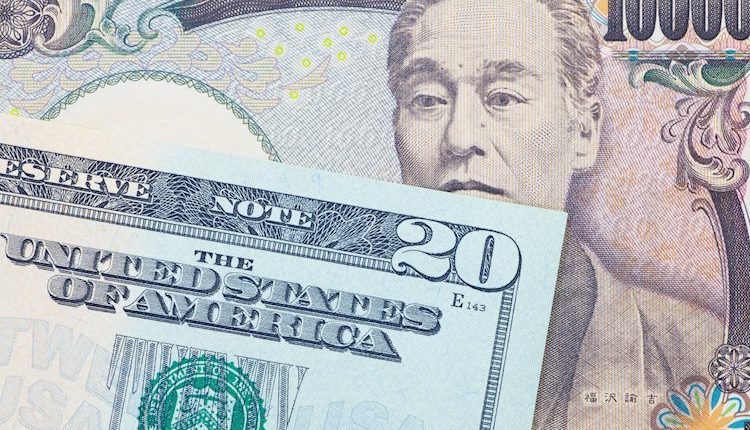- USD/JPY trades at 145.60, down 0.42%, as positive US data fails to lift the pair; DXY advances 0.51% to 103.718 but can’t buoy USD/JPY.
- CME FedWatch Tool suggests the Fed will keep rates unchanged in September.
- Japan’s retail sales exceed expectations with a 6.8% YoY increase, but a disappointing 2.4% contraction in Industrial Production adds to BoJ’s policy dilemma.
The Greenback (USD) prints losses against the Japanese Yen (JPY) after reaching a daily high of 146.22, back below 146.00. Data from the United States (US) came better than expected but failed to bring the USD/JPY to life. The pair is trading at 145.60, down 0.42%
Greenback struggles to attain gains vs. the Yen despite better-than-expected data
A busy weekly economic agenda keeps most US Dollar pegged currency pairs trading volatile. Following Tuesday and Wednesday’s session, the buck was under a lot of stress. However, it regained some of its composure against most G10 FX currencies, except for the Japanese Yen.
The US Commerce Department revealed that the US Federal Reserve’s (Fed) preferred gauge for inflation, the Core Personal Consumption Expenditure (PCE), came as expected, climbing 4.2% YoY and 0.2% MoM as both figures aligned with the street’s forecasts. Regarding headline inflation, PCE remained unchanged at 3.3% YoY and 0.2%.
Other data showed that Initial Jobless Claims for the week ending August 26 came at 228K, below its forecast of 235K, according to the US Department of Labor. This, is contrary to the latest jobs data released, which pointed out the labor market was losing steam.
Today’s data added to past jobs releases in the US, alongside month-end flows, underpin the US Dollar (USD), which reached a bottom and is climbing according to the US Dollar Index (DXY). The DXY, an index that tracks a basket of six currencies’ performance vs. the USD, advances 0.51%, up at 103.718.
Even though economic growth has lost a step, it remains above the prior estimate of 2%, at 2.1% in the second quarter. That, alongside the US Commerce Department saying that consumer spending remains steady, jumping 0.8% in July, could keep the Fed in check. The CME FedWatch Tool, which depicts traders’ beliefs about increasing borrowing costs in the US, portrays that the Fed will keep rates unchanged at the September meeting. However, for November, the odds remain at 44.1% for a 25 bps increase.
In the meantime, Atlanta’s Fed President Raphael Bostic said the policy was appropriately restrictive to bring inflation towards the US central bank’s 2% target over a “reasonable” period.
On the Japanese front, Bank of Japan (BoJ) policymakers split between seeking a normalization of monetary policy and continued stimulus. BoJ’s board member Toyoaki Nakamura said it’s premature to tighten monetary conditions, as high import prices have driven inflation. He added that once the “deflationary mindset” is eradicated, the BoJ won’t need the Yield Curve Control (YCC).
Data-wise, Japan’s retail sales grew higher than the 5.4% YoY expected and rose by 6.8% in July, while Industrial Production plunged -2.4%, disappointing investors, which were expected a contraction of -1.4%.
USD/JPY Price Analysis: Technical outlook
The pair remains upward biased despite falling below the Tenkan-Sen, which has been recovered by buyers early in Thursday’s session. Even though the bulls are in charge, the USD/JPY must climb above yesterday’s high of 146.53 to pave the way for further upside, eyeing the year-to-date (YTD) high of 147.37. Otherwise, downside risks emerge below 145.55, which, once cleared, the major can dive and test the August 23 swing low of 144.54.
Read the full article here

